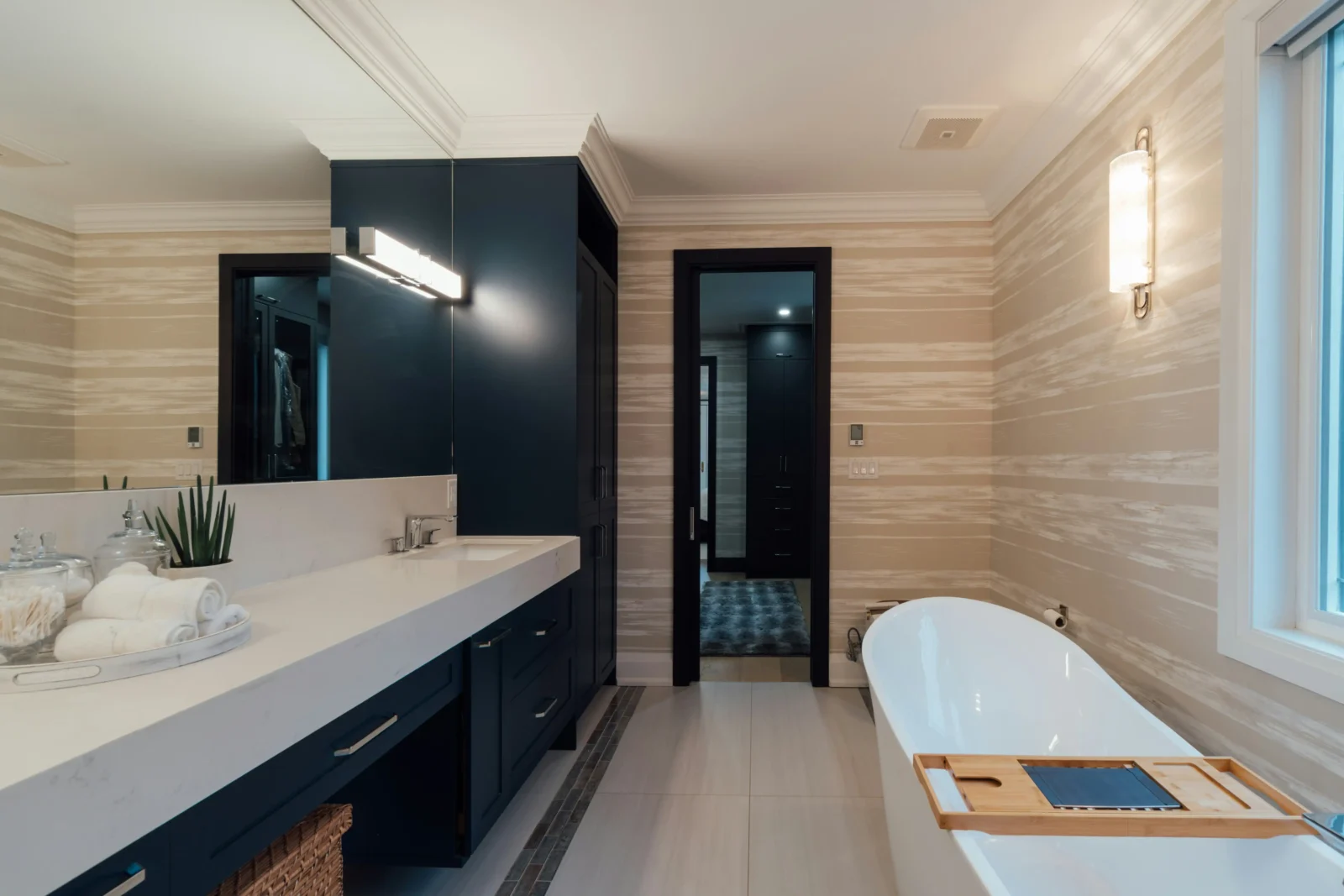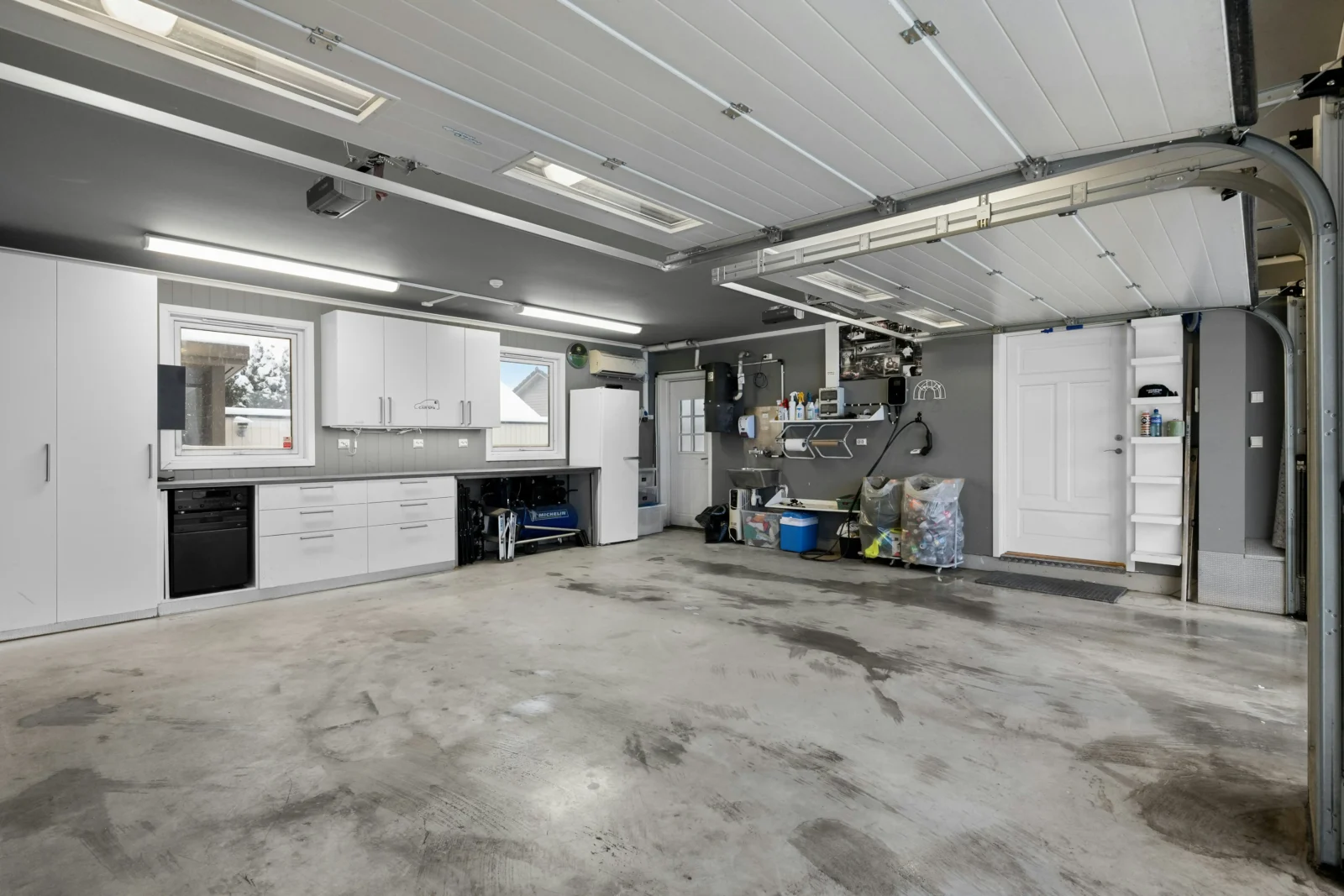- Home
- Articles
- Architectural Portfolio
- Architectral Presentation
- Inspirational Stories
- Architecture News
- Visualization
- BIM Industry
- Facade Design
- Parametric Design
- Career
- Landscape Architecture
- Construction
- Artificial Intelligence
- Sketching
- Design Softwares
- Diagrams
- Writing
- Architectural Tips
- Sustainability
- Courses
- Concept
- Technology
- History & Heritage
- Future of Architecture
- Guides & How-To
- Art & Culture
- Projects
- Interior Design
- Competitions
- Jobs
- Store
- Tools
- More
- Home
- Articles
- Architectural Portfolio
- Architectral Presentation
- Inspirational Stories
- Architecture News
- Visualization
- BIM Industry
- Facade Design
- Parametric Design
- Career
- Landscape Architecture
- Construction
- Artificial Intelligence
- Sketching
- Design Softwares
- Diagrams
- Writing
- Architectural Tips
- Sustainability
- Courses
- Concept
- Technology
- History & Heritage
- Future of Architecture
- Guides & How-To
- Art & Culture
- Projects
- Interior Design
- Competitions
- Jobs
- Store
- Tools
- More

Architectural work demands the right tools for every phase of a project. Your equipment choices directly impact how smoothly jobs run. They affect timelines, costs, and whether your team can work efficiently. Good equipment decisions prevent headaches down the line.
Building maintenance and restoration need specialized gear. A lot of professionals skip over this during the planning stages. The right setup cuts your time and labor costs significantly. Bad equipment choices? They create delays, safety problems, and budget issues nobody wants to handle.
Table of Contents
ToggleMobility and Transportation for Job Sites
Moving equipment between job sites creates real headaches for architectural projects. Fixed setups work great if you stay in one spot. But most pros need to move around. Mobile solutions let you hop between sites without wrestling with logistics.
Trailer systems make life easier for building maintenance work. A power washing trailer set up gives you everything for exterior cleaning in one compact package. No more hauling separate pieces to each location. Drive up, hook up your hoses, and you’re working in minutes.
Getting Into Tight Spaces
Site access changes dramatically from one project to another. City buildings often have narrow streets and strict parking rules. Suburban and rural jobs bring their own problems with rough terrain or long walks from the street. Equipment that squeezes through standard gates saves you from access nightmares.
Think about the tightest spots you work in regularly. Your gear needs to fit through those areas. Grab a tape measure at your typical sites. Check doorways, gates, and pathways. Match those numbers against equipment specs before you buy.
Durability and Weather Protection
Outdoor gear takes a beating from sun, rain, and wild temperature swings. Materials wear out faster sitting outside without a cover. Cheap stuff looks good on the price tag, but burns you on replacements.
Metal parts need solid coatings to fight off rust. Plastic pieces should handle UV rays and temperature shifts. Electronics need waterproof cases that actually keep moisture out. These features cost more upfront. They save you from expensive breakdowns later, though.

Storage matters as much as the equipment itself. Covered spots protect what you paid for. Trailer-mounted systems include built-in protection between jobs. You skip the whole hassle of hunting down indoor space or rigging up custom covers.
Power Requirements and Energy Options
Your power source decides where and how you can work. Different jobs call for different solutions. This choice affects both your flexibility and what you spend to operate.
Electric Versus Gas Power
Electric tools need outlets or generators everywhere you go. Gas equipment gives you freedom from building electrical systems. Modern gas engines run quieter and cleaner than old ones. They sip fuel better these days, too.
Most pros lean toward gas for mobile gear. You get steady power anywhere. No hunting for outlets or worrying about tripping breakers. Fill the tank and go.
Looking at Other Options
Batteries keep getting better, but still struggle with heavy work. Charging takes time and limits your runtime. Solar helps with some applications. Think about how long your typical workday runs when picking power options.
The Department of Energy found that energy-efficient building equipment cuts operating costs by 20 to 30 percent yearly. Those savings pile up fast over time.
Maintenance Schedules and Service Access
Every tool needs regular upkeep to stay reliable. Designs with easy-to-reach parts make your life simpler. Complicated systems might need a tech for basic stuff. You want equipment you can wrench on yourself when possible.
Staying on top of maintenance keeps things running when you need them. Skip it, and you get breakdowns at the worst times. Plan for routine service like you plan for gas money.
Check these points before buying anything:
- How often you need to change oil or swap filters
- If you can handle basic maintenance solo
- Whether local shops stock replacement parts
- If the maker provides maintenance training
- What the warranty actually covers
Downtime drains your wallet through lost work and blown deadlines. Quick fixes get you back on track fast. Go with brands that have solid service networks. Check what real users say about reliability before dropping cash.
Initial Investment Versus Long-Term Value
Sticker prices don’t tell the whole story. Cheap tools look tempting but rarely hold up to pro use. Better equipment costs more at checkout but runs longer.
Figuring Real Costs
Calculate what you’ll spend over five to ten years total. Add up the purchase price, maintenance, and fuel costs. Throw in repairs you’ll likely need. Divide that by how many projects or hours you expect to use it.
This shows your actual cost per job. Sometimes the pricey option costs less per use. The math might surprise you.
What’s It Worth Later
Resale value counts more than most people think. Quality brands from known makers hold value better. You get more money back when upgrading or switching gears. Cheap stuff becomes junk after a few hard years.

Browse used equipment listings to see selling prices. This shows how much value sticks around. Some brands keep 50 to 60 percent of their price after five years.
Storage Solutions and Space Planning
Equipment eats up space whether you use it daily or monthly. Compact designs save room without losing capability. Vertical storage squeezes more into tight workshops.
Trailer systems knock out several problems at once. They store gear safely and haul it around. Everything stays organized together. No separate storage units needed. No loading before each job. Just hook up and roll.
Climate-controlled spaces prevent damage but jack up your rent and utility bills. Outside storage leaves gear exposed but costs way less. Weigh protection against your budget and local weather. Snap photos and record serial numbers for insurance either way.
Safety Features and Operator Protection
Safe gear protects your crew and cuts liability risks. Basic safety stuff should come standard, not as extras. Look for kill switches, guards, and clear warning labels.
The Occupational Safety and Health Administration lays out detailed rules for construction and maintenance gear safety. Following these protects your people and keeps you legal.
Training cuts down accidents and makes equipment last longer. Makers usually include training stuff with new gear. Use those resources to learn the right way. Get your whole crew trained so everyone stays safe.
Hard hats, safety glasses, gloves, and proper boots prevent typical injuries. Make PPE required on every site. Zero tolerance on this.
Making Smart Equipment Decisions
Picking architectural equipment means weighing lots of factors against what you actually need. Think about your regular projects, your budget, and where your business is heading. The best gear fits how you already work.
Start with what you use most and buy quality there. Build your collection slowly as you grow. Rent specialized stuff for one-off jobs instead of buying. This keeps spending reasonable while keeping standards high.
Test equipment before committing when you can. Many dealers let you try demos or offer trial runs. See how it performs in actual conditions. Get feedback from crew members who’ll use it every day.
illustrarch is your daily dose of architecture. Leading community designed for all lovers of illustration and #drawing.
Submit your architectural projects
Follow these steps for submission your project. Submission FormLatest Posts
Top Modern and Stylish Bathroom Architectures In 2026
Bathroom design, much like other aspects of interior design, is always changing...
Exterior Enhancements That Turn Every Entrance Into A Showcase
The front of a home sets expectations before anyone touches the handle....
Are Organic Bamboo Sheets Worth the Investment?
When it comes to getting a good night’s sleep, the quality of...
Converting Garages to Living Spaces: Structural Changes That Require Professional Engineering
When considering a garage conversion to extend your home’s living space, understanding...












Leave a comment